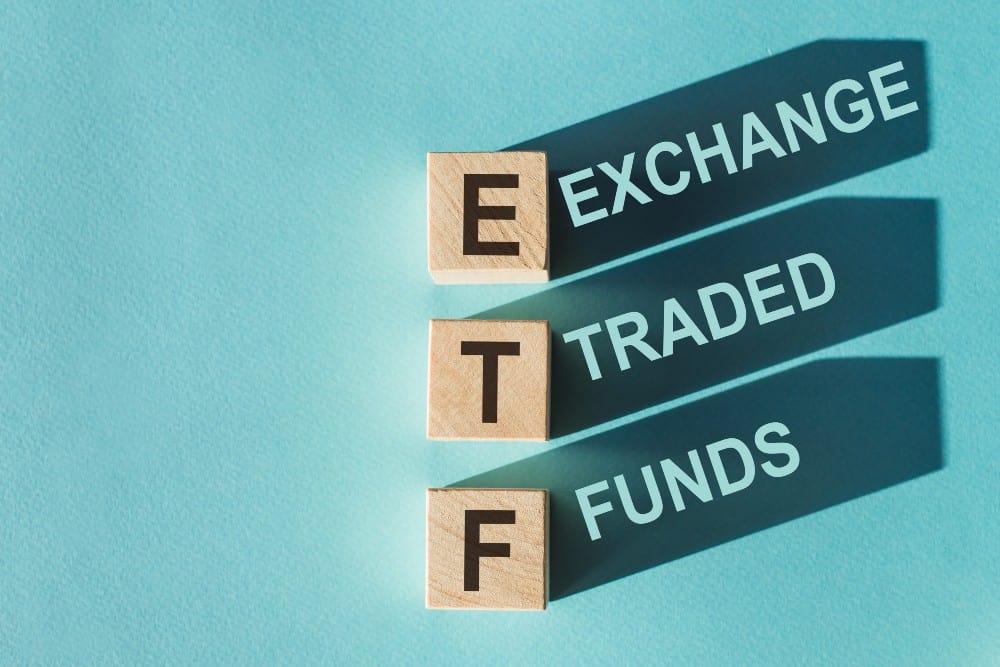Risk-averse or conservative investors have an option to buy an index instead of individual stocks to counter today’s market volatility. Buying an index means investing in exchange-traded funds (ETFs). You can gain access to a passively managed basket of assets through ETFs.
Besides instant diversification, the asset class trades like regular stocks. You can sell ETFs anytime to liquidate. Right now, three dividend ETFs are standout choices and are even well suited for beginners.
TSX 60
The exposure of iShares S&P/TSX 60 Index ETF (TSX:XIU) is to large, established Canadian companies. XIU replicates the S&P/TSX 60 Index’s performance and seeks to provide long-term capital growth to investors. This pioneer ETF has holdings in nearly all primary sectors of the TSX except for healthcare.
Heavyweight sectors like financials (36.18%) and energy (17.58%) have the largest percentage representations. XIU’s holdings are industry leaders and TSX’s cream of the crop. The top five stocks are the Royal Bank of Canada, Toronto Dominion Bank, Enbridge, Canadian Pacific Railway, and Brookfield Asset Management.
At $30.08 per share, you have 60 different stocks in one basket. XIU’s dividend yield is a decent 3.07%, while the payout is quarterly.
Sustainable passive income
BMO Global Asset Management (BGAM) is the fund manager of BMO Canadian Dividend ETF (TSX:ZDV). Apart from lower volatility and exposure to higher dividend-paying Canadian stocks, ZDV aims to provide sustainable passive income to investors every month. At $19.73 per share, you can partake of the 4.33% dividend.
Currently, the fund holds 51 Canadian stocks with zero representations from healthcare, real estate, and technology sectors. Like XIU, financials (38.82%) and energy (16.72%) sectors have the largest representations. The top five stocks are RBC, Enbridge, TD, BCE, and Bank of Nova Scotia.
BGAM is a top ETF provider in Canada and its various funds cater to different categories of investors in the country. While ZDV carries a medium-risk rating, all stocks in the portfolio must pass the liquidity screening process. BGAM also maintains a weight-yielded portfolio and takes into account a three-year dividend growth rate.
Innovative selection process
The third popular actively managed ETF is Horizons Active CDN Dividend ETF (TSX:HAL). According to the fund manager, its mandate is to deliver long-term total returns consisting of regular dividend income and modest long-term capital growth. HAL’s stock selection process combines dividend growth, payout, and sustainability.
Because of the mix of high dividend-paying mature companies and higher-growth companies in the fund, there’s potential for greater price appreciation. Furthermore, the aim is to outperform a passive investing strategy. As of this writing, HAL investors are up 6.7% year to date on top of the 4.97% dividend (quarterly payouts). The current share price is $20.73.
Canadian stocks (91.8%) dominate the portfolio, with minimal exposure to equities from the US (6%) and Bermuda (2.2%). The energy sector has the largest percentage weight (34.8%) followed by financial services (19.3%) and real estate (11.9%). Canadian Big Banks RBC and TD are HAL’s top two stocks.
Calm your fears
These three dividend ETFs should calm investors’ fears amid the massive headwinds in 2022. Furthermore, new and old investors have the opportunity to earn recurring passive income.









